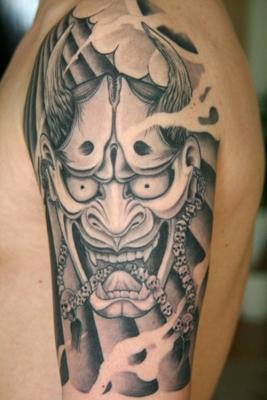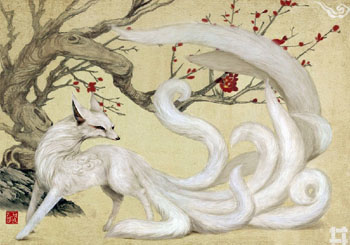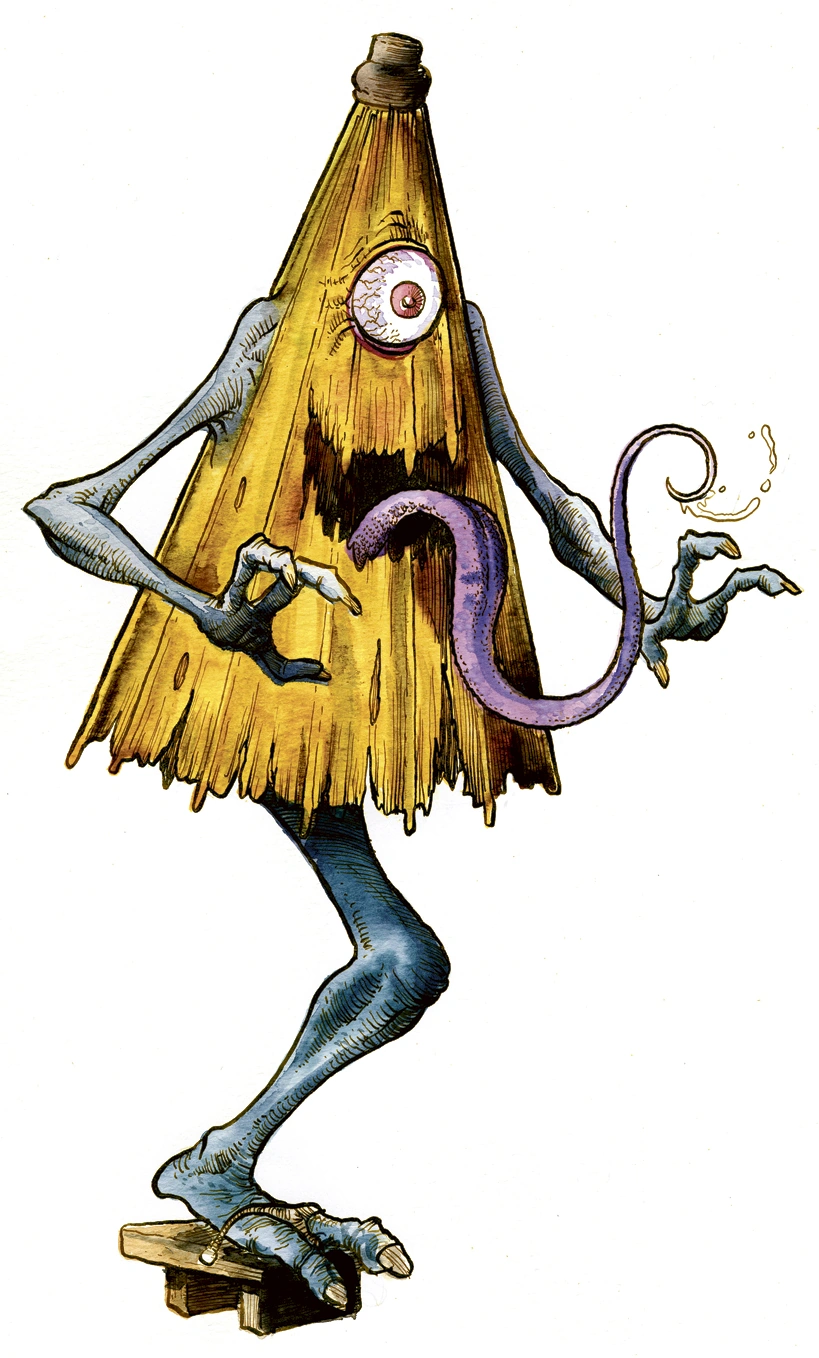Throughout ancient history when science and society were much more underdeveloped, natural occurances were explained through myths and tall tales. One such myth in Japanese culture is that a giant catfish living underneath the earth would cause earthquakes with the shake of his tail. The catfish, called Namazu, was restrained by a giant stone tablet placed on his head by the god, Kashima. When Kashima was distracted, it was then that Namazu broke free and would wreak havok on the human world. Although it may sound like Namazu was meant to be feared because of his huge size and disregard for humankind, he was used in stories to help lift the morale of people who had just suffered from an earthquake. It was said that he caused of the earthquake of Edo (now Tokyo) in 1855 as a punishment of human greed, and writers and scholars took this as a sign saying the rich must redistribute their wealth to the people. Giant catfish have always been sacred to the Japanese, thought to be river deities who could cause flooding and rainfall.
Friday 18 March 2016
Friday 4 March 2016
FMP Japanese Folklore
Here are some of the creatures I researched;

KIRIN

KAPPA

TENGU

ONI

SHIRIME

AKANAME

KITSUNE

KASA OBAKE
FMP The Great Red Dragon (artist research)
Wednesday 2 March 2016
Unit 12 - Artist research
Pendleton Ward
The creator of Adventure Time, I chose Pendleton Ward because his artwork would be easily recognized by children; Adventure time being a popular cartoon among children.
Dr. Seuss
I chose Dr. Seuss because his artwork is very appealing and is one of my personal favourite illustrators.
Unit 12 - Research
Here i have sampled a number of images from books that are relevant to the project. After looking at the ciriculum for modern schools, i had to work within their guidelines; most of the books on here are featured on the ciriculum.
Unit 12 - Customer Research
After finding out the target audience for this project was of KS1 and KS2, I compiled a number of pictures from my research onto this board. The pictures consist of tv shows, movies, characters, animals toys, etc. that are relevant to a child of today
Subscribe to:
Posts (Atom)




















